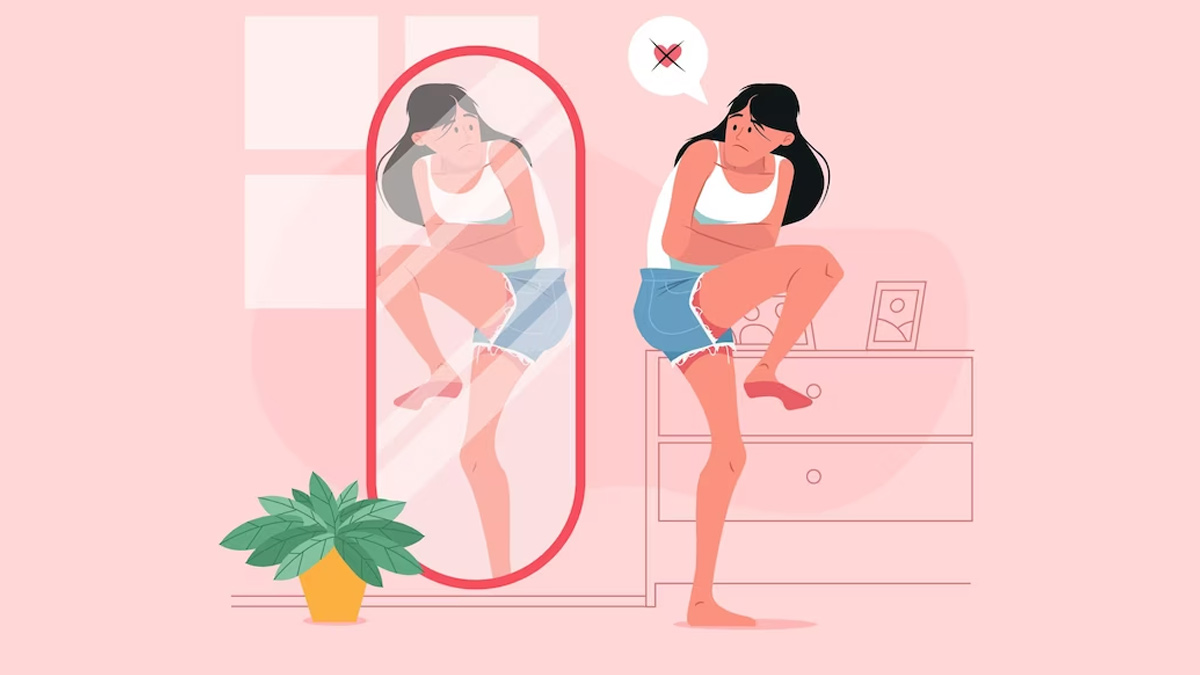
International No Diet Day, which is celebrated every year on May 6, to promote body acceptance and body shape diversity is an initiative to let go of the guilt and stigma normally connected with having a body that is less than ideal.
Table of Content:-
We spoke to Mehezabin Dordi, Clinical Psychologist, Rehabilitation and Sports Medicine, Sir HN Reliance Hospital, who explained body positivity, body image issues, the challenges, and how to have a positive aspect towards life.
What Is Body Positivity?

Body positivity is a social movement that has gained considerable attention in recent years. It advocates for the acceptance and appreciation of all body types, regardless of shape, size, or appearance. However, the concept of body positivity is often misconstrued to be exclusively about weight. In reality, body positivity is a more complex, nuanced and multifaceted concept that encompasses various aspects of physical appearance, including skin colour, body hair, scars, and even disabilities.
What Is Body Image Issue?
Dordi said that the concept of body positivity is closely linked to body image from a psychological perspective. It is the perception of one's physical appearance, including thoughts, feelings, and behaviours related to one's body. It is a complex construct that is influenced by a variety of factors, including cultural norms, social pressures, and individual experiences."
Also Read: What Is Body Neutrality & How Different Is It From Body Positivity?
How Does Body Image Affect You?
A negative body image is associated with a range of negative outcomes, including poor self-esteem, anxiety, depression, and eating disorders. On the other hand, a positive body image is associated with higher levels of self-esteem, better mental health, and a greater sense of well-being.
The Right Approach

Body positivity can be seen as a form of positive body image. It involves accepting and valuing one's body for what it is, rather than striving for an idealised or socially prescribed appearance. This can be particularly challenging in a society that places a lot of value on being thin and other narrowly defined beauty standards.
Also Read: What Is Fitspo? Understanding The Trend & Its Impact On Body Image
What Are The Challenges?
It is crucial to understand that there is no one size fits all approach to body positivity. Dordi said that it is not enough to simply promote a positive body image without acknowledging the various factors that contribute to a negative body image. For example, people with disabilities or chronic illnesses may face unique challenges in accepting their bodies due to societal stigma and lack of representation in media and advertising.
Similarly, people of darker skin tones may experience body image issues related to discrimination and cultural expectations surrounding beauty standards. These issues can be compounded by the intersection of multiple identities, such as being dark-skinned with a disability or being a part of the LGBTQIA+ community.
Bottomline
Body positivity should be understood as a complex and multifaceted concept that goes beyond weight and size. It involves recognising the diversity of human bodies and the complex social, cultural, and psychological factors that contribute to body image issues. By promoting body positivity in all its forms, we can help to create a more inclusive and accepting society that values all bodies equally.
Also watch this video
How we keep this article up to date:
We work with experts and keep a close eye on the latest in health and wellness. Whenever there is a new research or helpful information, we update our articles with accurate and useful advice.
Current Version